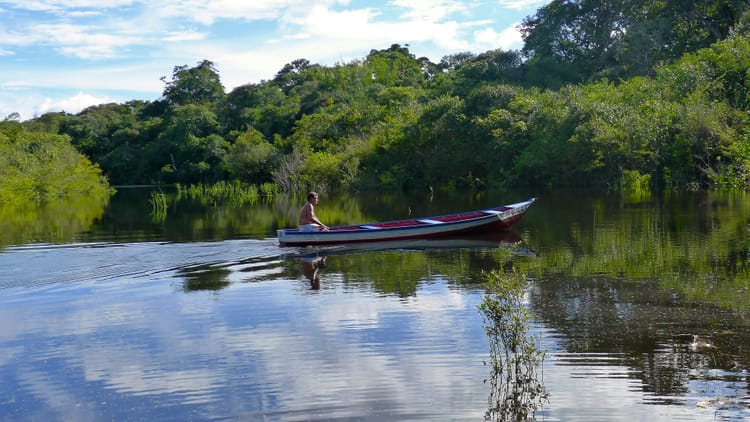The Crown Estate announces sector-specific decarbonisation plans

The Crown Estate has updated its net zero strategy and laid out decarbonisation plans for each of its sectors of operation – buildings, land use, marine aggregates and renewable energy.
The land owner, which manages a £16 billion portfolio of land property and seabed across England, Wales and Northern Ireland, has also shared an updated carbon footprint of just over 1.5 million tonnes of CO2 equivalent for 2024-2025, slightly up from the previous period.
The wide majority of emissions (1.49 million tonnes) are in Scope 3, namely land use in its rural business and offshore wind construction activities in the marine business. To reduce them, the Crown Estate is now targeting up to 42% reduction in Scope 1 and 2 emissions and overall up to 30% reduction by 2030, as well as a 72% reduction by 2050 for its land activities; up to 42% reduction by 2030 and 90% reduction by 2050 for its marine aggregates, and an unspecified intensity reduction for renewable energy.
The challenge of decarbonising offshore wind
Embedded emissions from wind turbine production make up a large part of the organisation’s Scope 3 emissions, but these are still difficult to decarbonise – though in June, the Crown Estate announced a £400 million investment in the offshore wind supply chain.
“The future success of the sector will depend on its own progress to decarbonise the components and services supply chains it relies upon in the build, operate and maintenance phases, and in the more sustainable use and recycling of the materials used. AtTheCrown Estate,we seek to workwith governments and industry to establish pathways for reductions in the emissions of embodied carbon and improved materials and resource usage,” said Head of Offshore Wind Julia Rose.
Over the coming year, The Crown Estate will introduce emissions reporting requirements for offshore wind suppliers and will explore solutions such as low-carbon steel and concrete, zero-emissions vessels and asset decommissioning and recycling to help reduce the impact of offshore wind supply chains.
Biodiversity restoration and regenerative agriculture
Land assets represent 18% of The Crown Estate’s carbon footprint – and as such, a significant decarbonisation opportunity. There, the organisation is rolling out environmental Farm Business Tenancy (eFBT) agreements which offer longer,15-year leases to incentivise farm-specific habitat creation and regenerative agricultural practices.
The Crown Estate expects to increase the land surface covered by these agreements significantly over the next few years, from the current 15,000 acres.
It has also incorporated carbon audits into all new farm tenancies, joining soil quality assessments and responsibility for maintaining soil health. All farm tenders now require tenderers to establish an environmental opportunities and soil management plan.
Speaking to CSO Futures earlier this year, The Crown Estate’s Net Zero Director, Lamé Verre, explained that the rural decarbonisation strategy also involves exploring how to use land as a carbon sequestrator – bringing both emissions and nature benefits.
“We're looking at projects around biochar and enhanced rock weathering, which will trap carbon but also provide soil nutrients and prevent soil erosion. I think we have a huge opportunity to really enhance nature recovery and biodiversity across England, Wales and Northern Ireland,” Verre said.







Member discussion